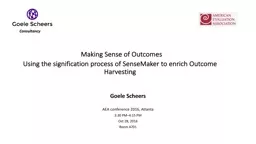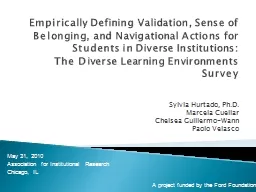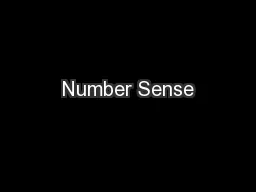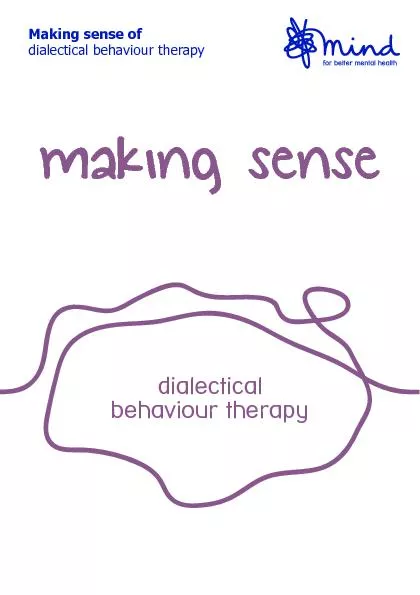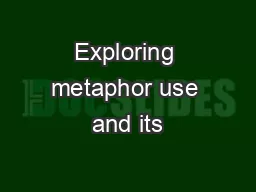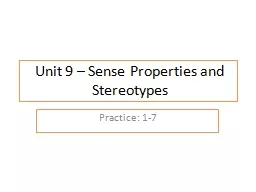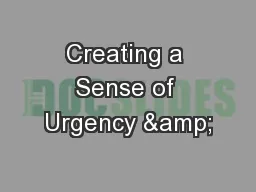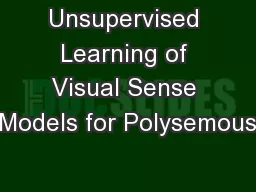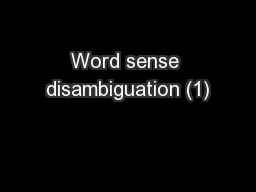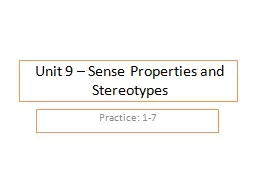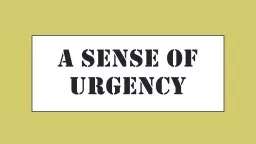PPT-Making Sense of Outcomes
Author : test | Published Date : 2017-06-16
Using the signification process of SenseMaker to enrich Outcome Harvesting Goele Scheers AEA conference 2016 Atlanta 330 PM415 PM Oct 28 2016 Room A701 Outcome
Presentation Embed Code
Download Presentation
Download Presentation The PPT/PDF document "Making Sense of Outcomes" is the property of its rightful owner. Permission is granted to download and print the materials on this website for personal, non-commercial use only, and to display it on your personal computer provided you do not modify the materials and that you retain all copyright notices contained in the materials. By downloading content from our website, you accept the terms of this agreement.
Making Sense of Outcomes: Transcript
Download Rules Of Document
"Making Sense of Outcomes"The content belongs to its owner. You may download and print it for personal use, without modification, and keep all copyright notices. By downloading, you agree to these terms.
Related Documents

